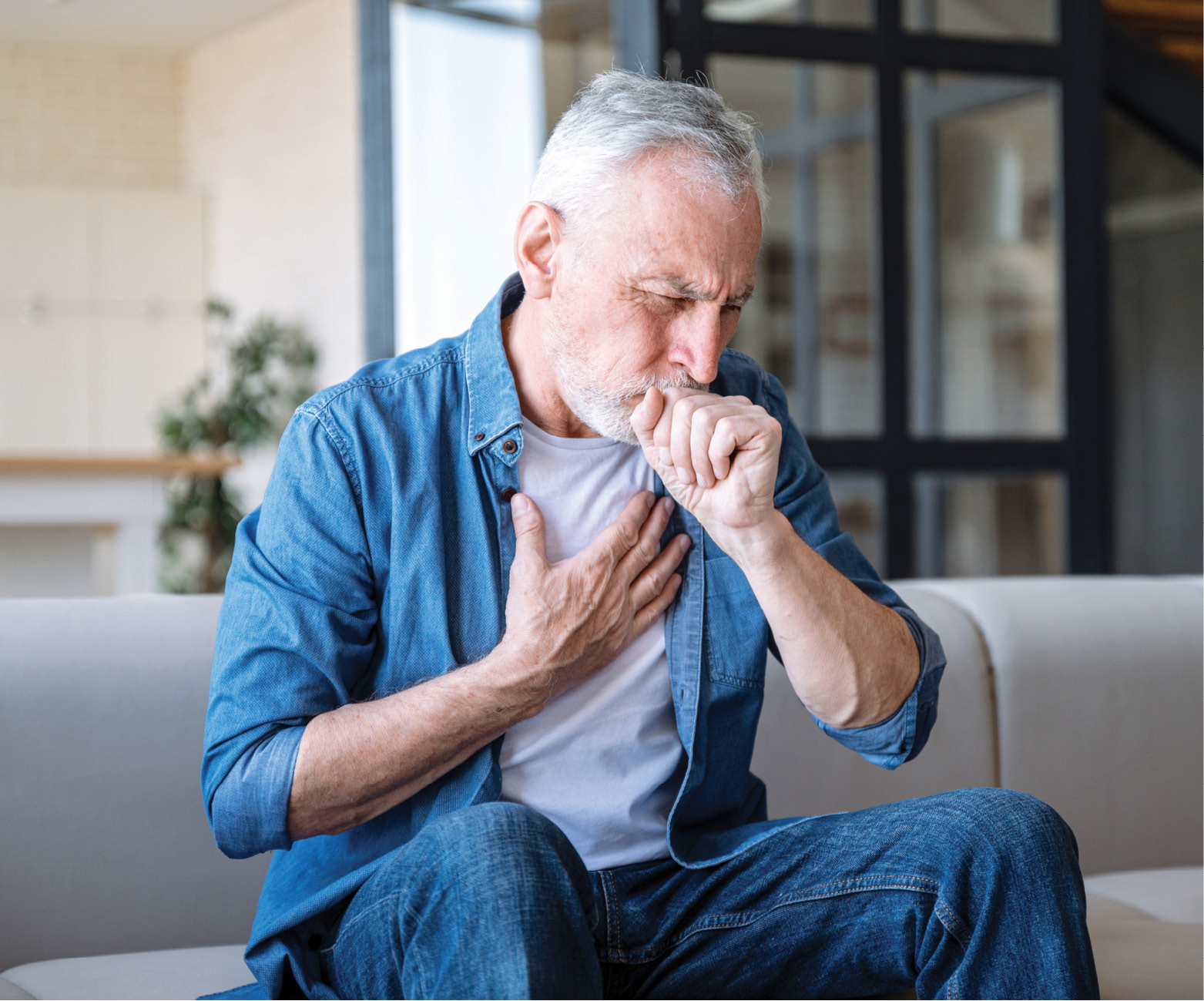Due to a long-lasting effort to reduce smoking in developed countries, rates of tobacco smoking have continued to drop for decades. It is now unusual to see someone smoking, even outdoors.
Eighty percent of active smokers now live in less developed countries around the world. So you would think that the rate of lung cancer here would be dropping dramatically, but that has not happened.
One reason is a rise in lung cancer for people who are considered never smokers. For cancer doctors and researchers, a never smoker is an adult who never smoked at all or smoked fewer than 100 cigarettes over his or her lifetime. Lung cancer in never smokers (LCINS) is now being thought of as a different disease than lung cancer in smokers. Lung cancer in smokers is most common in men. LCINS is most common in women.
Causes and treatment differences
There are also differences in where and how these cancers grow and how they are treated. Tobacco is still the number one cause of lung cancer, and lung cancer is still the number one cause of cancer deaths for both men and women.
Smokers are up to 20 times more likely to get lung cancer than nonsmokers, but LCINS causes about one in five lung cancers, and it now causes more cancer deaths than cervical, pancreatic, or prostate cancer. In 2023, LCINS was the fifth leading cause of cancer deaths in the world.
LCINS is different
Almost all LCINS occurs in cells of the lung that produce mucous and are located inside the air sacs at the ends of breathing tubes called bronchioles. These cancers are called adenocarcinomas.
Lung cancer in smokers usually starts in flat cells that line the inside of the lungs called squamous cells. These cancers are more aggressive than LCINS, which tends to grow more slowly and is less likely to spread outside the lungs.
Another characteristic of LCINS is the tendency to have a gene mutation called the epidermal growth factor receptor (EGFR). EFGR is a mutation that helps cancer cells to grow. EFGR-inhibitor drugs are now available to block the effects of EFGR in what is called targeted therapy. Since EFGR is found in up to 80 percent of LCINS, targeted therapy makes these cancers easier to treat.
For early LCINS, surgery is usually the treatment of choice, and LCINS may also respond better to surgery, since the lungs are not damaged by smoking.
Because EFGR and other genes linked to LCINS may be passed down through families, a family history of lung cancer is an important risk factor. Other risk factors include exposure to radon gas, secondhand smoke, air pollution, and asbestos exposure.
Exposure to wood smoke from burning wood for heating or cooking, long-term diseases that cause lung inflammation like COPD and pulmonary fibrosis, and drinking alcohol are other possible risk factors.
Symptoms and diagnosis
Early lung cancer may not cause symptoms, but as the cancer grows, an early symptom may be a cough, that does not go away or gets worse. Other symptoms to watch out for are:
- Fatigue
- Loss of appetite
- Weight loss
- Shortness of breath
- Wheezing
- Chest pain
- Difficulty swallowing
- Swelling on one side of the face or neck
- Frequent upper respiratory infections
Let your doctor know if you develop any cancer symptoms, especially if you have a family history.
Diagnosis of LCINS is the same as for other lung cancers. It starts with a history and physical exam, usually followed by an imaging scan (CT scan) and a biopsy. If found and treated early with surgery, a person with LCINS can have a five-year survival rate over 60 percent. So, a key takeaway is don’t assume that you can’t have lung cancer if you never smoked.
Reduce your risk
You can reduce your risk by avoiding all the known and avoidable risk factors. Secondhand smoke from a smoking spouse has been associated with a 30 percent risk of cancer in nonsmokers. Radon exposure is probably the highest avoidable risk factor. Radon gas is invisible and odorless, so you need to have your home tested. If you have a well, have the water tested, too. You can hire a radon company or purchase a home test that you send away to a lab.
According to the American Cancer Society, screening for lung cancer (checking before symptoms) with a chest CT scan is only recommended for smokers ages 50 to 80 with a history of smoking at least one pack per day for 20 years or an equivalent amount in less than 20 years. Currently, there are no screening guidelines for never smokers. If you are concerned about your risk factors, family history, or symptoms, talk to your doctor. Being a never smoker does not rule out lung cancer.


